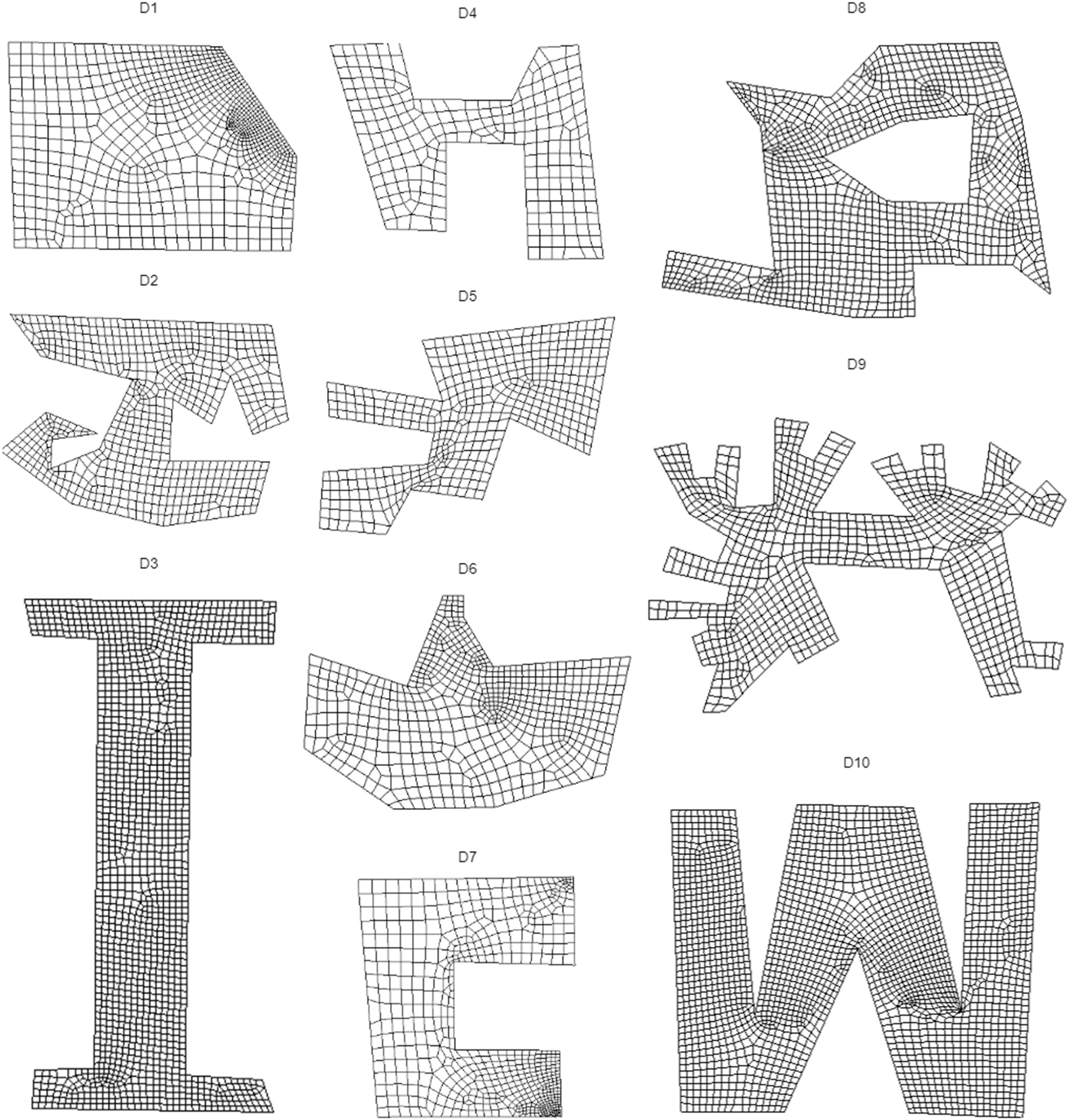

Like in Netgen, the proper CMake options are not obviously clear.
#Gmsh blossom Patch#
Technically, the OCC_CONVERT_SIGNALS macro should exist only on Linux and MinGW builds Gmsh enables it for Visual Studio builds by mistake, and we also created a patch to fix Gmsh.

Standard_EXPORT void UnregisterCallback() ! Unregisters this callback object from the error handler. Particularly, Standard_ErrorHandler class should be extended to export callbacks (for MinGW builds): //! Registers this callback object in the current error handler (if found). Also, we added and fixed 32810 issue to OCCT’s bug tracker, avoiding the necessity of this step in the future. This step can be omitted for Linux users. Before we start configuring Gmsh itself, one should adapt OCCT sources if you’re using the Windows platform. So, it is technically should be possible to read OCCT geometry through files or pure OCCT’s TopoDS_Shape objects. Gmsh utilizes factory concept for geometry construction, and an interface for Open CASCADE Technology (OCCT) is available. One can build geometry, mesh it, export to the solvers, visualize, etc. Gmsh popularity is caused not only by its permissive license but rather due to covering the whole FEA preparation process. It is especially adorable seeing fully opposite practice. Pierre Bézier was an outstanding example of this practice we think that many ideas are still hidden from curious eyes. For decades, advances in the CAD field are usually buried as internal technical reports. This approach delights and warms our hearts since it makes Gmsh a natural solution for academic research. Alternatively, commercial users can buy it.

Gmsh (pronounced as ‘’g-m-e-s-h”, thanks to Christophe for the right spelling at FOSDEM 2020) is a FOSS mesher available under GPL license.


 0 kommentar(er)
0 kommentar(er)
